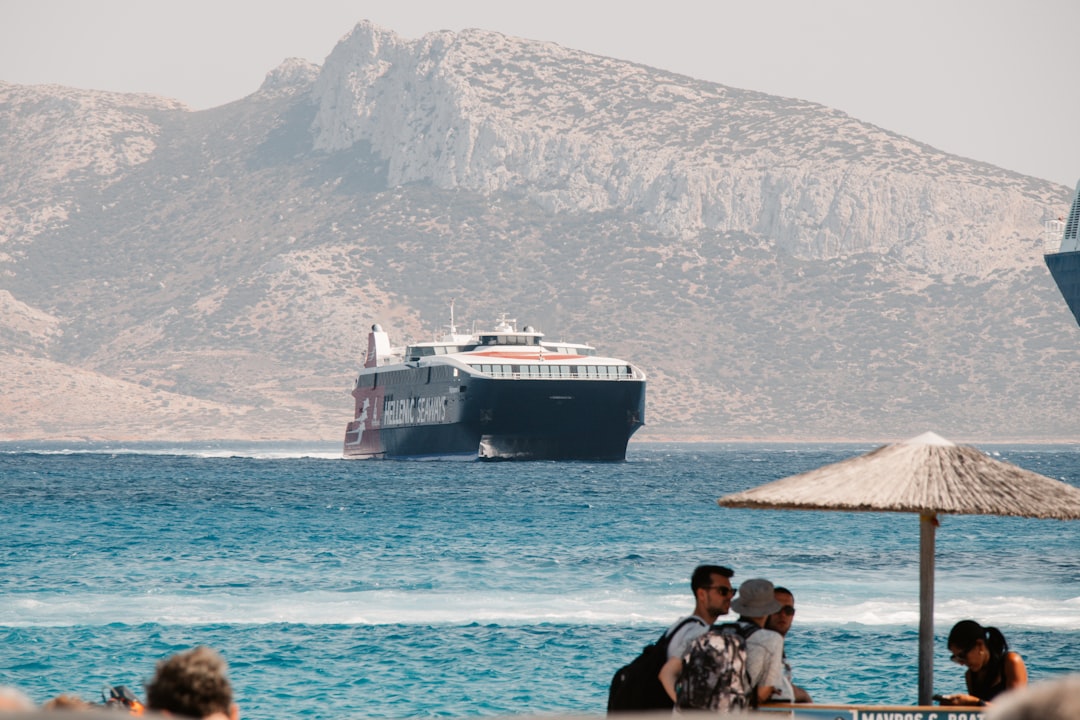The Strait of Hormuz: The World's Most Dangerous Choke Point—and the Myth of Global "Energy Security"
The Strait of Hormuz is more than a waterway; it is a geopolitical powder keg. While analysts and pundits obsess over whether Iran can close the strait, they often miss the deeper, more unnerving reality: the global economy is built on a fantasy of energy security, and any disruption—real or imagined—has the power to send shockwaves through every corner of the globe. This isn’t just about ships and oil. It’s a question of whose interests rule the world and how fragile those systems really are.
Power in the Balance: The Geopolitics of a Bottleneck
At its narrowest, the Strait of Hormuz is just 33 kilometers wide—a tiny passage through which about a fifth of the world’s petroleum flows daily. Its strategic significance is biblical. Yet, the fixation on whether Iran could "shut it down" fails to address the most ominous truth: even a temporary disruption, regardless of whether it’s total, is enough to rattle markets, embolden hawks, and terrify those who depend on uninterrupted supplies of energy.
| Factor | Western Perspective | Iranian Perspective | Gulf States' View |
|---|---|---|---|
| Security Priority | Free flow of oil, anti-Iran stance | Deterrence, sovereignty | Stability, reliance on U.S./allies |
| Military Solutions | Naval patrols, coalition operations | Asymmetric tactics, "swarm" tactics | Procurement of Western technology/weapons |
| Diplomatic Strategy | Sanctions, isolation | Resistance, negotiation under pressure | Calls for de-escalation, balancing powers |
The Doomsday Button: Can Iran Really Do It?
Technically, Iran’s military has the means to harass or temporarily disrupt shipping through mines, missiles, or "swarm tactics" using small fast-attack boats. But to truly "shut down" the strait is not just a question of firepower—it’s a game of brinkmanship, where the mere threat is often more powerful than the action itself. The world’s chief oil chokepoint is also its chief anxiety point.
Key Technologies & Tactics:
- Naval Mines: Cheap, hard to detect, can slow or halt traffic
- Missile Systems: Both ship-based and coastal, designed to target tankers or military vessels
- Small Boat "Swarms": Agile, hard to intercept, potent for sabotage
- Cyberwarfare: Increasingly, digital attacks aim at port infrastructure
- Drone Warfare: Surveillance and offensive capabilities that multiply threats
The Real Casualty: Global Energy Security Is a Delusion
The reliance on the Strait of Hormuz exposes a single point of failure for global oil markets—a fact that gives disproportionate power to both those who patrol it and those who threaten it. The west’s dream of "energy security" is shattered every time tensions spike, oil prices soar, and governments scramble.
| Perceived Security | Reality |
|---|---|
| Diversified Market | Heavy reliance on Gulf oil cripples alternatives |
| Military Protection Suffices | No amount of ships can guarantee perfect safety against unconventional tactics |
| Technology Can Replace Risk | Renewable energy and diversification are progressing, but still insufficiently rapid |
Ethical Dilemmas: Whose Security Counts?
The obsession with the Strait of Hormuz exposes a hierarchy of values:
- Western economies demand unbroken energy flows, but often overlook local consequences of military presence in the Gulf.
- Iran asserts its right to defend itself from sanctions—some see this as legitimate, others as blackmail.
- Gulf states face a paradox: reliant on US protection, yet weary of being pawns or targets if conflict erupts.
Societal Impacts and Surprises
- The region’s militarization places millions of ordinary citizens in the crossfire.
- The threat of environmental catastrophe looms—oil spills from armed conflict could devastate marine life.
- Global public opinion swings wildly, often split between anti-war activism and support for "energy stability" at any cost.
Surprising Facts
- 20% of global oil: That’s how much flows through the Strait daily—a single geographic point holding the economies of the world hostage.
- Historical Precedents: Even rumors of conflict have triggered oil price spikes overnight.
- Cultural Irony: For many Iranians, the strait is both a symbol of national pride and a reminder of being surrounded by hostile powers.
The Bigger Picture: Fragile Abundance
The Strait of Hormuz is not just a flashpoint of today. It is evidence that the modern world’s abundance is built on networks more brittle than we admit. It is a warning that the next world crisis may not come with explosions, but with ghostly silence—empty shipping lanes, idle refineries, and nations searching for a new definition of security.
This article was inspired by the headline:
'Can Iran really shut down the Strait of Hormuz? - Al Jazeera'

Comments
No comments yet. Be the first to comment!